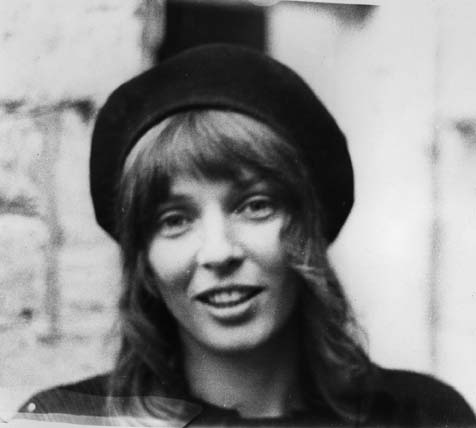Biography — the 1960s
But the 1960s started well. For a couple of evenings a week, while finishing my last two years of schooling (matriculated in 1961), I went to extra art classes at The Artists’ Workshop in Toronto. That was by far the best thing I had ever done. I adored life drawing and painting portraits of models. Also at that time I went to the Banff School of Fine Arts in the summers of 1960 and 1961. My teachers were Francoise André and Charles Stegeman, a married couple of artists from Belgium, and they reckoned I had talent and invited me to apprentice with them. Amazingly they convinced my parents and so I “dropped out” of the regular system and started into the life-long process of learning and exhibiting. I married John Clute in 1964.

Photo: Susanne Rostas
Although I started painting seriously in the early 1960s in the above mentioned apprenticeship I don’t feel I hit my stride until 1970 in London. I exhibited then in a two person show at the New Arts Lab with Pamela Zoline who had been a fellow student back in the early days with the Stegemans. I painted what I called boardpaintings. Further paintings in this decade were painted on whitened board, but still in acrylic. (I didn’t want to subject those I lived with to the turpentine effects of oil paints. There were four of us, two couples living in the small space of our Camden Town flat: John and I slept in the room in which we worked, our bed being in one half of the room and John’s desk and my easel, on the other side by the windows. )
Apart from the medium being different, I can see that my current work bears a direct relationship to the paintings of this time. Janet Daley, panel member of the radio programme, Moral Maze, and now writing for the Daily Telegraph wrote of my exhibition at Triad, Regional Arts Centre, Bishops’s Stortford, in 1974:
The paintings “seem to grip one with their extraordinary mysteriousness... They combine the animal with the machine with the human in ways that make us want to say, at the same time, ‘why?’ and ‘Yes, of course.’ The fact that the images point in different directions and are often on a totally different scale from one another adds a further level of ambiguity, a worlds-within-worlds quality... ”





